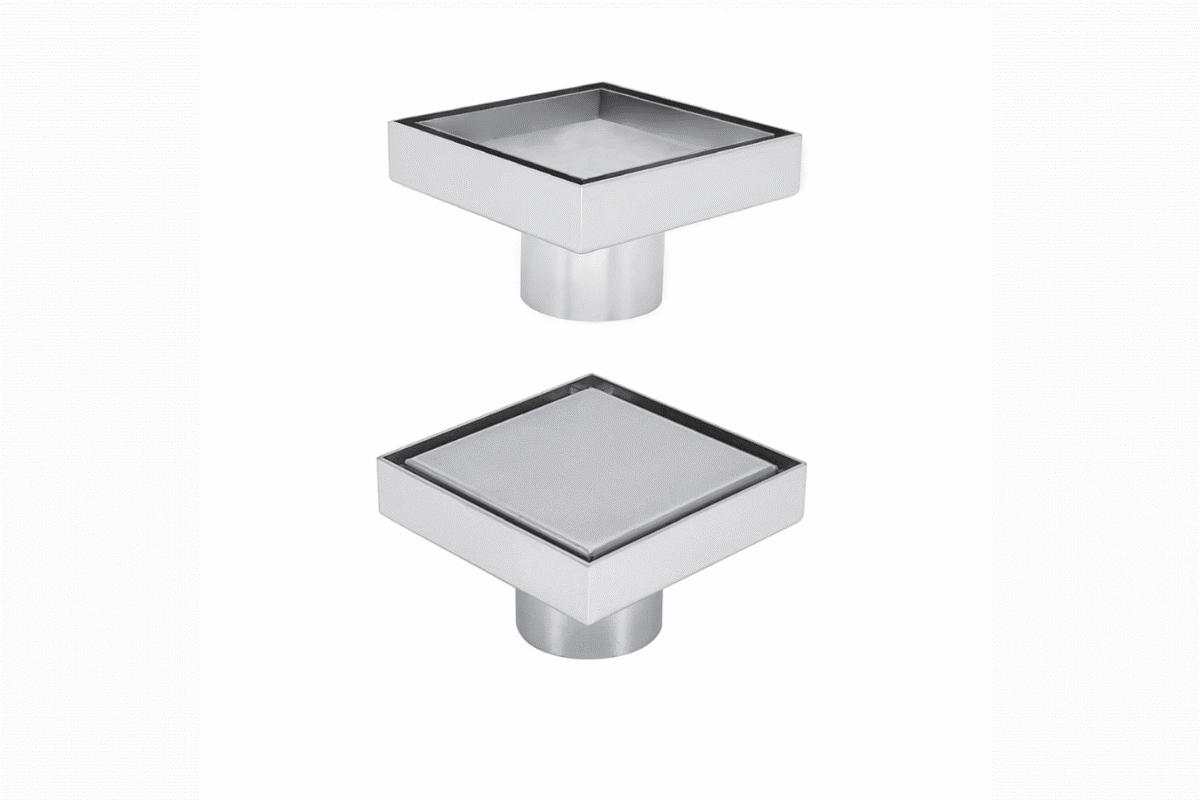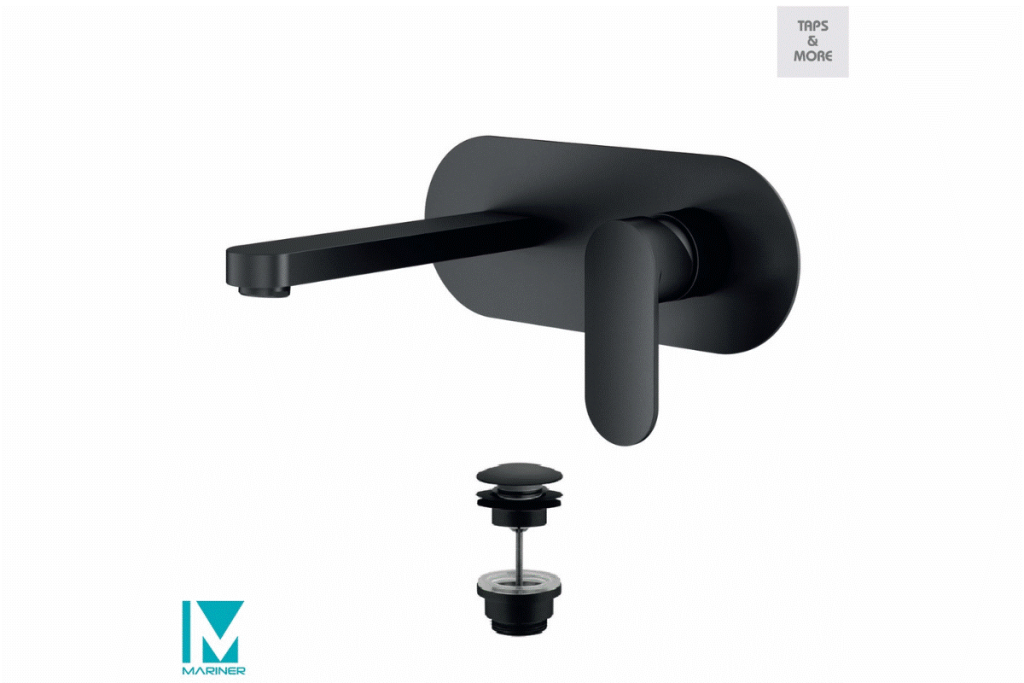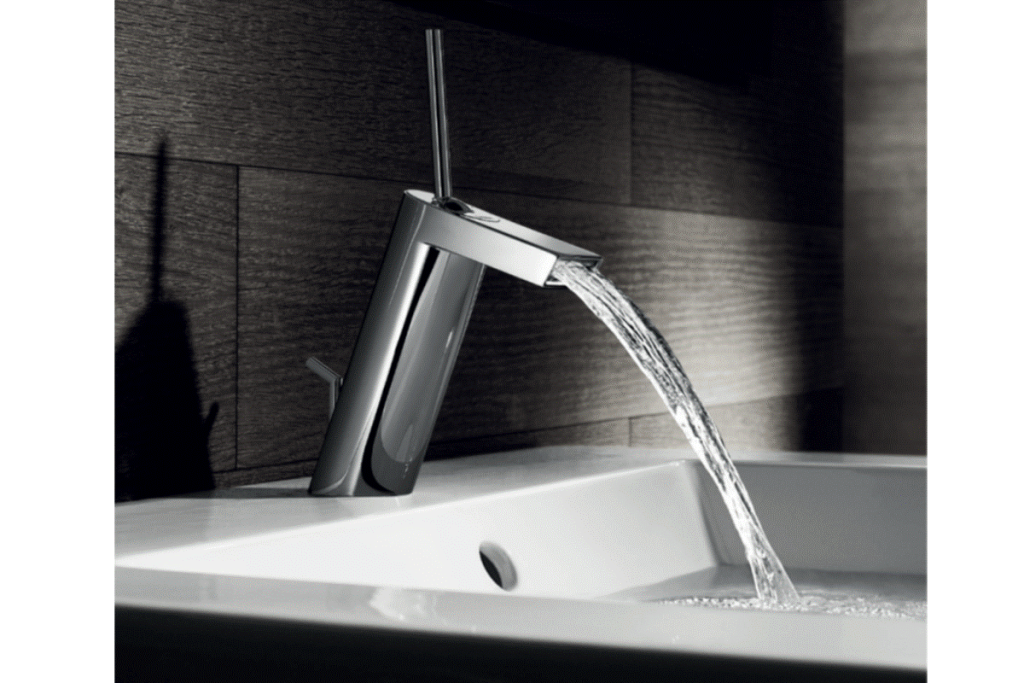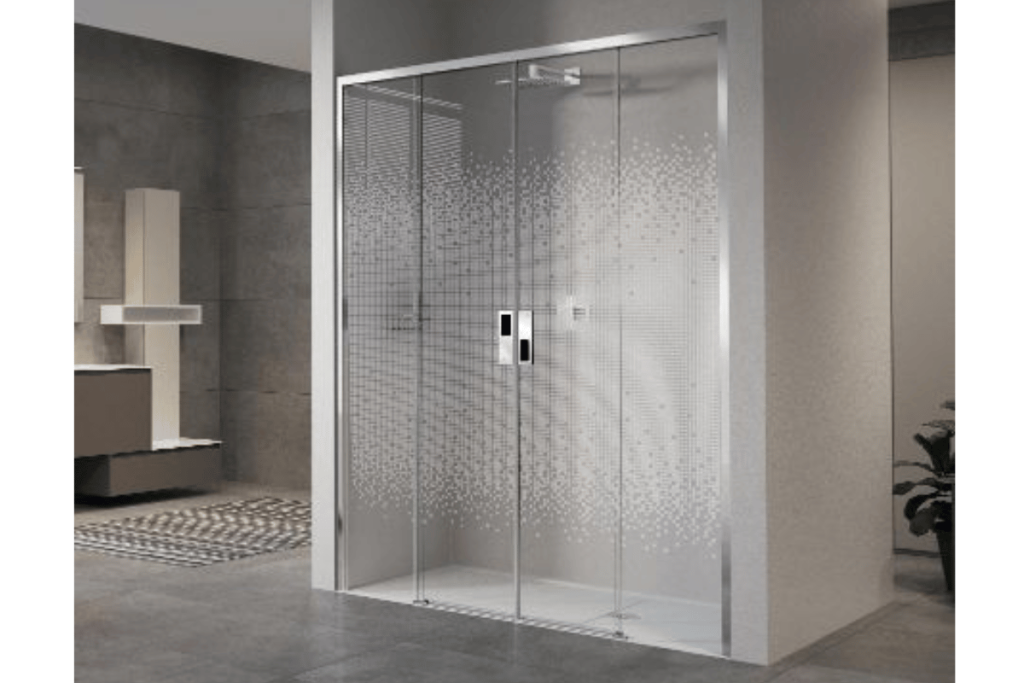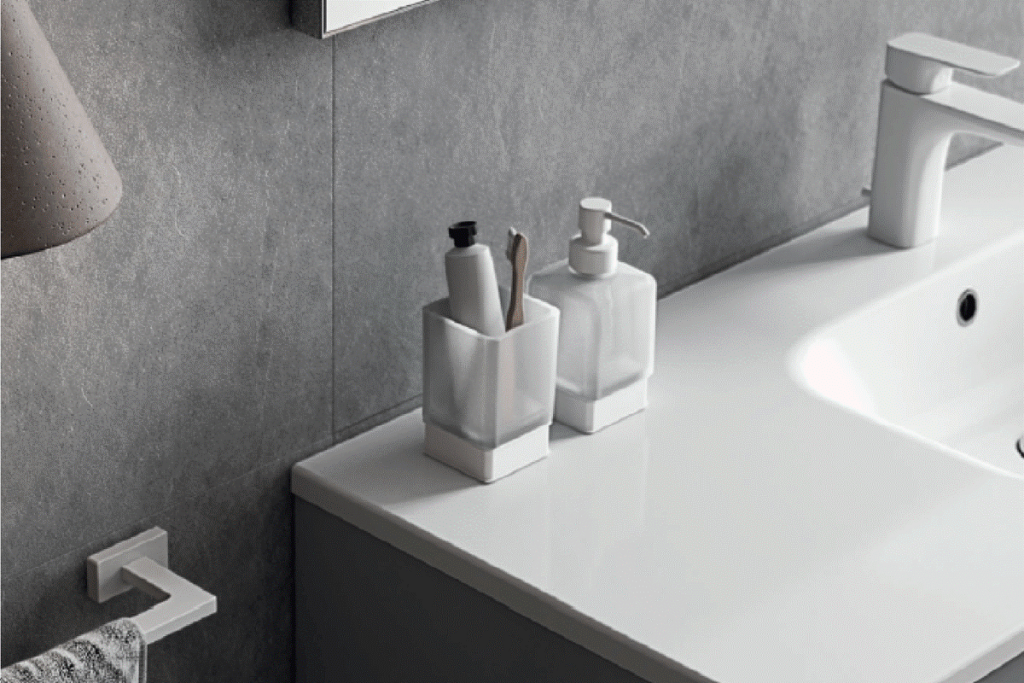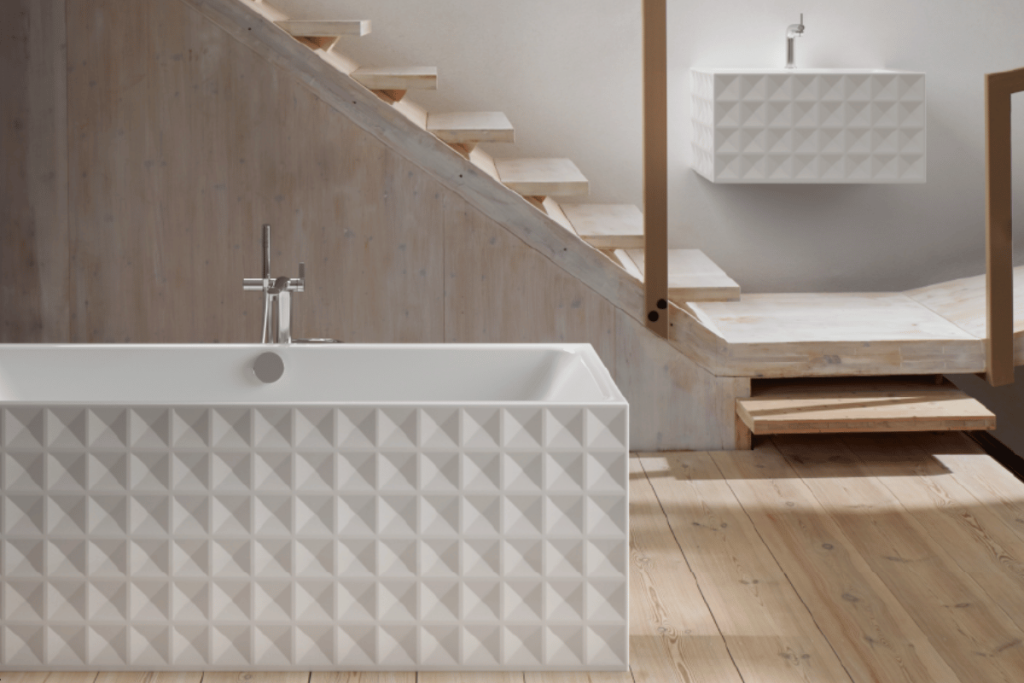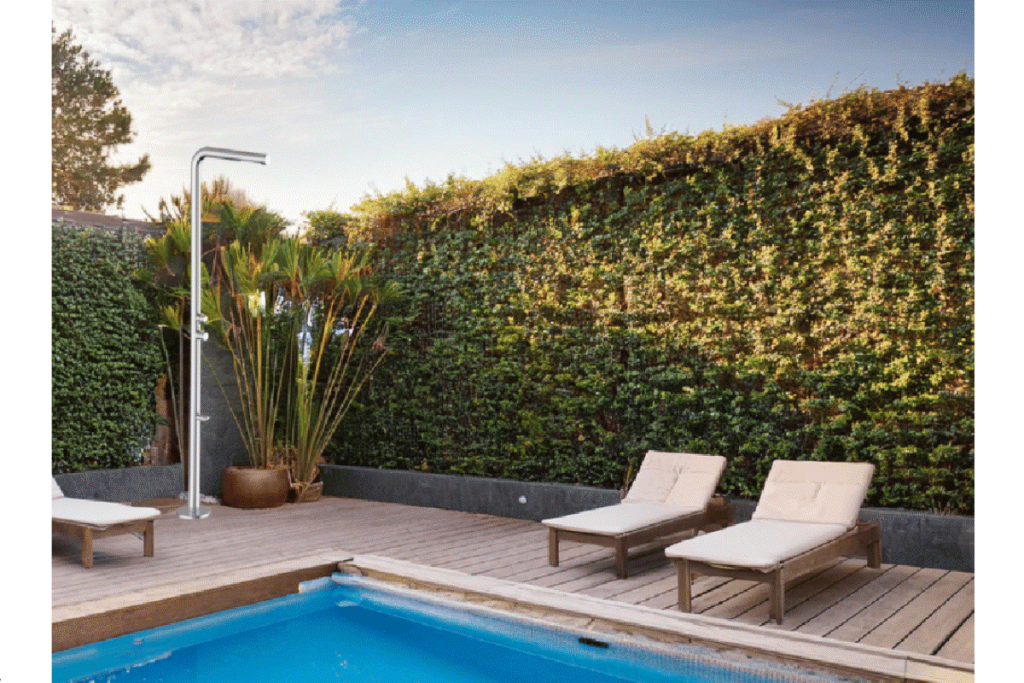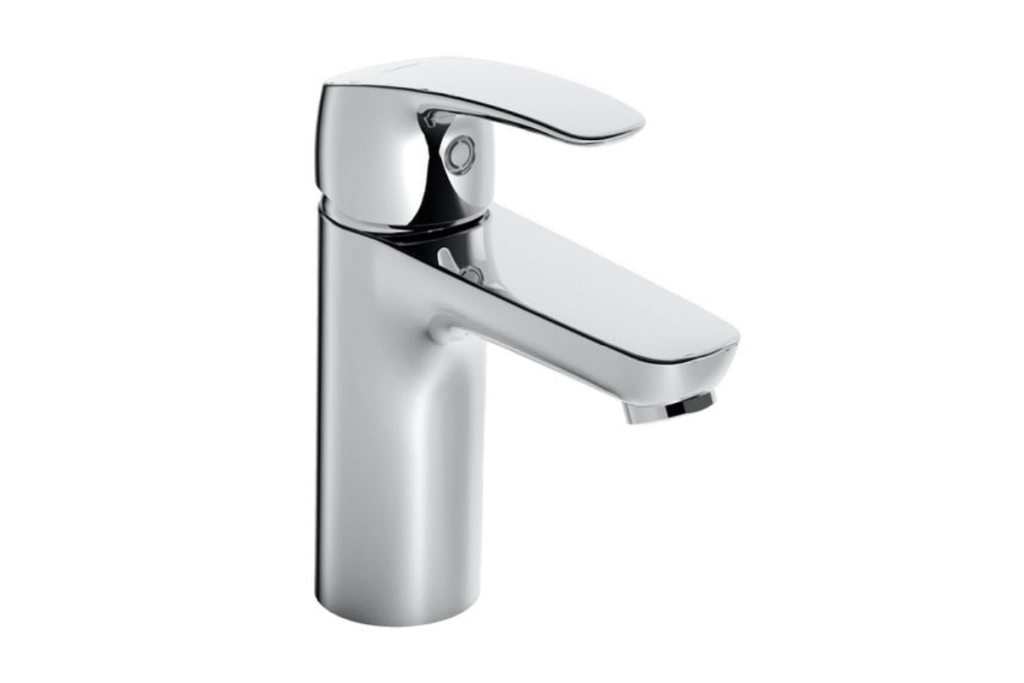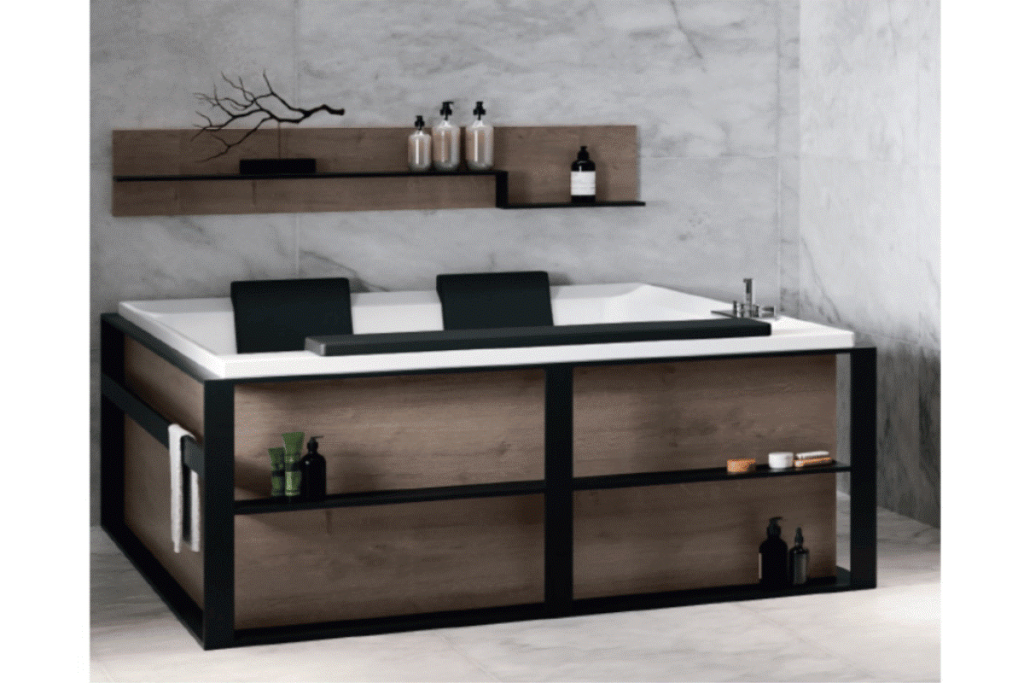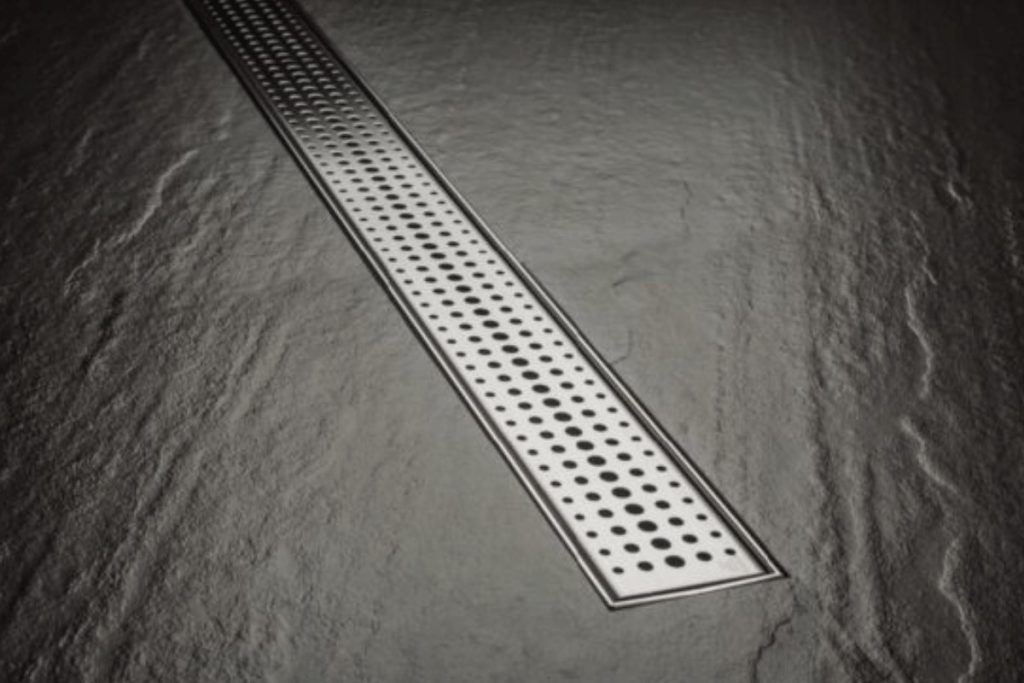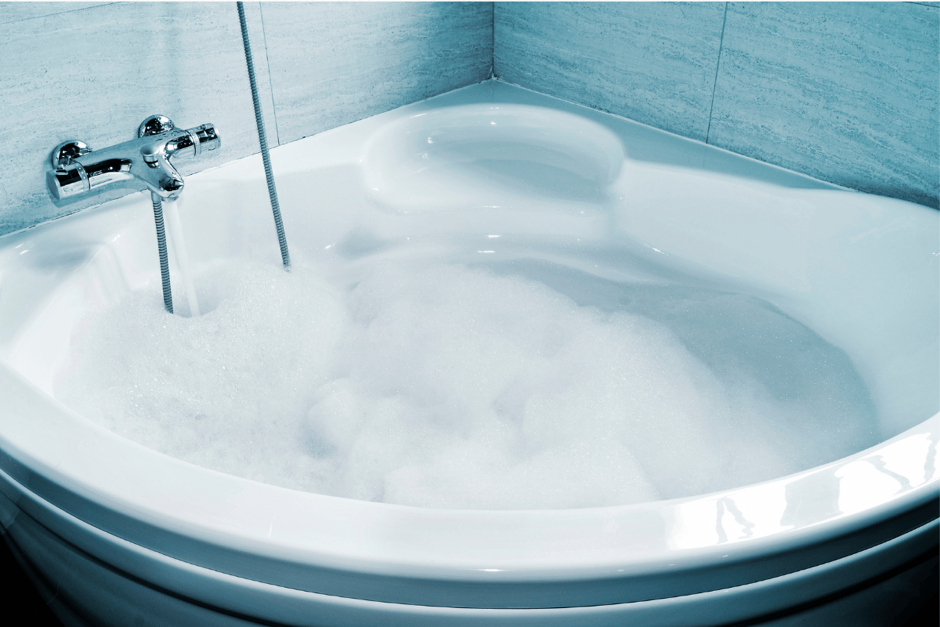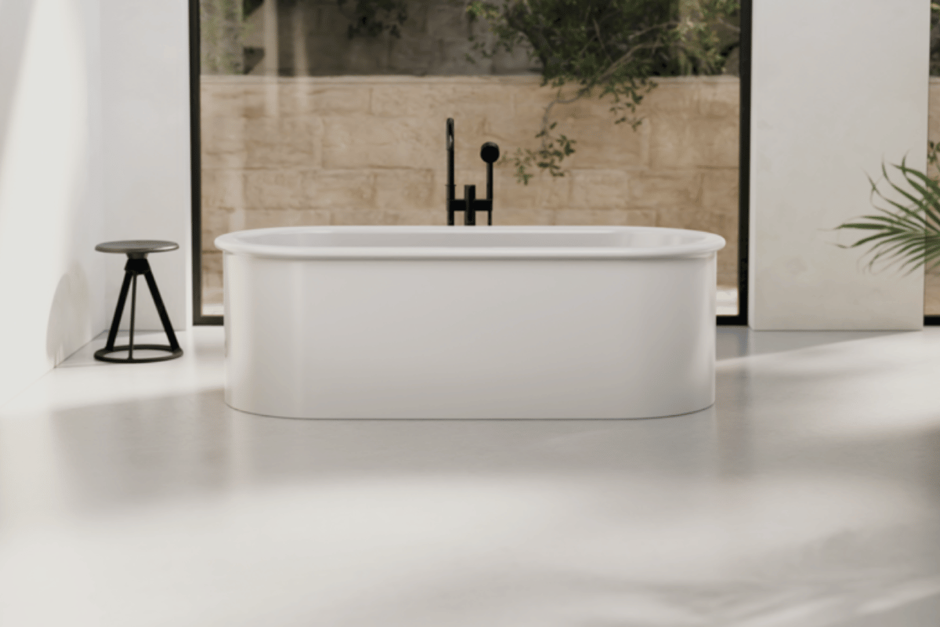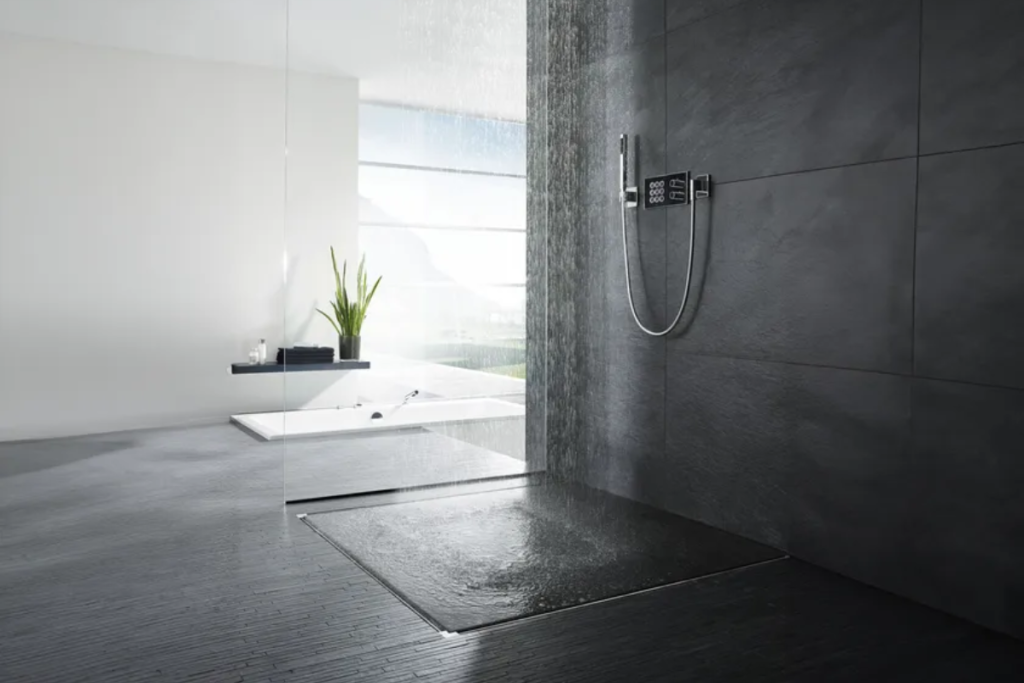Proper drainage systems are critical to water management and flood control in buildings. Whenever questions of effective drainage arise, the two common options that often come into mind are hub drains and floor drains. Though both are meant for removing excess water, they have distinguishing characteristics and uses that make them more applicable to different situations. This article explores the key differences between hub and floor drains, discussing their designs, applications, and benefits.
Floor Drains
Floor drain systems are widely recognized as essential plumbing fixtures in buildings. Typically found in circular or square shapes, these outlets are designed to sit level with the floor surface and collect water that flows across it. A floor drain consists of a grate or cover that permits water to enter, preventing larger debris from obstructing the drain.
One of the many essential features of these types is their multi-functionality. They can be installed anywhere, including bathrooms, residential ones found in homes, commercial ones used in restaurants, etc. On the other hand, floor drains prevent flooding by serving as safety measures that ensure no overflow comes from sinks or toilets within bathrooms. Additionally, floor drains are essential in commercial kitchens, as they manage water from cleaning activities and prevent slips.
Floor drains are especially useful when water is collected on floors. Their design lets them handle spilled liquids. The grates on floor drains can also be customized to blend with surrounding flooring materials, making them functional and attractive.
Hub Drains
Unlike conventional floor drains, hub drains (or hub outlets/floor sinks) serve another purpose. Like their counterparts, hub drains operate through the subfloor, but they receive indirect discharge from other plumbing fixtures or equipment. This makes them particularly useful in commercial and industrial settings where discharge from multiple sources needs to be handled.
Typically, hub drains consist of a larger basin or receptor with a grate on top and several side inlet ports. These ports allow various pipes to be connected from different directions, such as dishwashers, ice machines, air conditioning units, etc. Water is usually not allowed to flow directly into the hub drain, thus preventing backflow contamination.
The major benefit of hub drains instead of regular floor drains is their capability to handle greater volumes of liquid waste. They are best suited for applications such as large-scale kitchens, food processing plants, and other industrial sites with high wastewater volumes.
Choosing between Floor Drains and Hub Drains
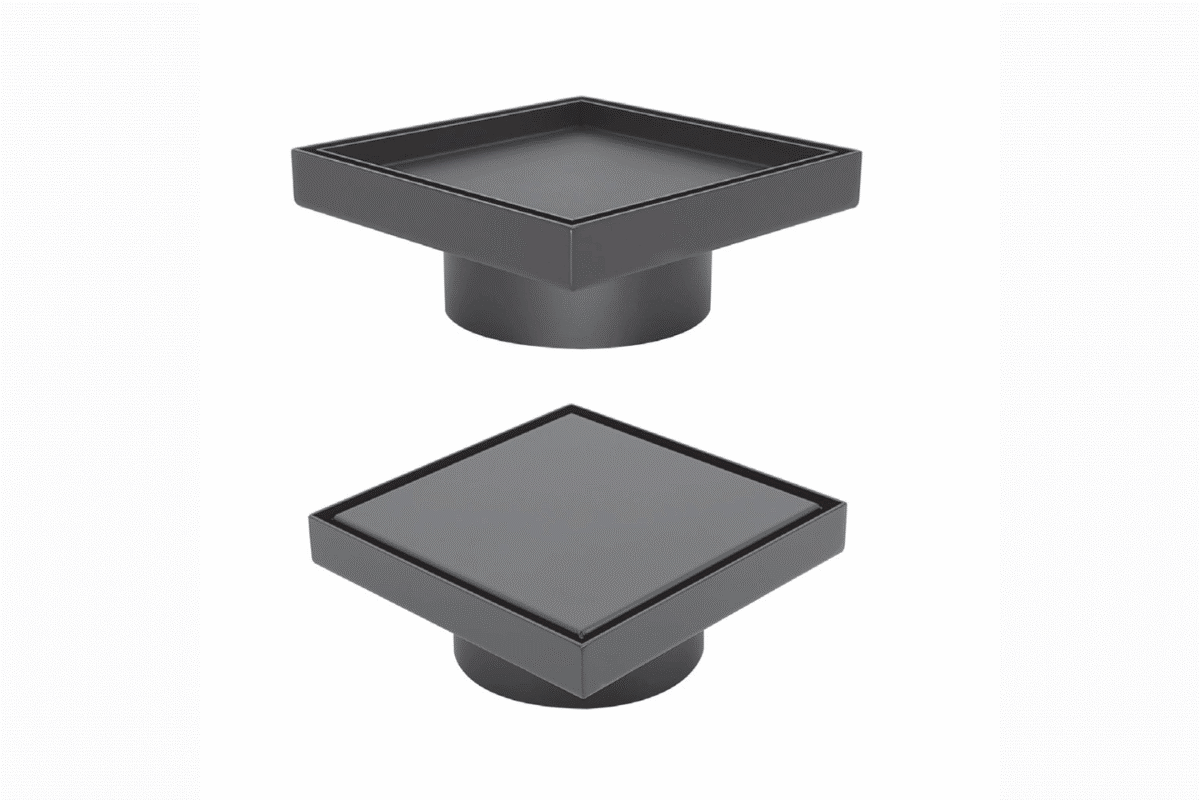 The choice is not easy, as it depends on the specific case and its properties, along with the regional building codes. Nonetheless, floor drains are more suited for general drainage in instances where water may collect on the floor surface.
The choice is not easy, as it depends on the specific case and its properties, along with the regional building codes. Nonetheless, floor drains are more suited for general drainage in instances where water may collect on the floor surface.
On another note, hub drains are good for commercial or industrial buildings where indirect waste from multiple sources is present. This is especially true for commercial kitchens, bars, or food processing facilities that need to remove water indirectly from equipment like ice machines, dishwashers, and food preparation sinks.
Conclusion
Understanding the differences between hub and floor drains is crucial for making informed decisions about your building’s drainage system. While floor drains are versatile and suitable for various applications, hub drains provide specific advantages in commercial and industrial settings where indirect waste management is essential.
Whether installing a new drainage system or upgrading an existing one, TAPS & MORE has the knowledge and product range to meet your needs. Do not compromise on the quality of your drainage system – reach out to TAPS & MORE at +9714 3207300 and ensure that your building has the right solution to keep water flowing where it should.


